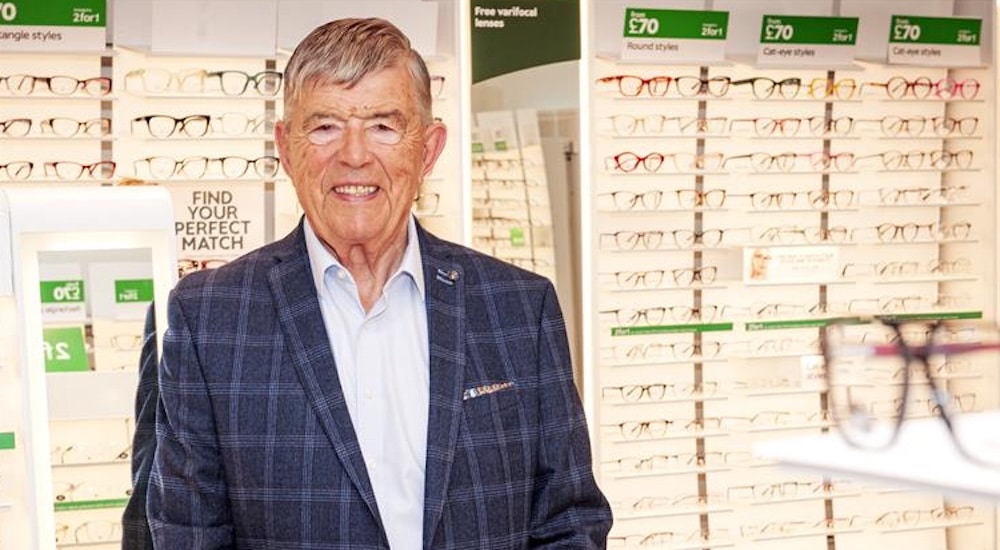French competition authority launches a vast survey on the hearing aids sector
Competition
The French Competition Authority indicated on February 10th that it has launched an opinion procedure to analyze competition in the hearing aid sector and to issue proposals that may be necessary to improve the sector’s functioning.

The results could be released in December 2016.
The authority explains that given the low proportion of fitted people in France and the high cost of the devices, it has decided to launch an opinion procedure on its own initiative to evaluate the current state of competition in the sector and identify the possible obstacles to a decrease in prices.
To carry out this assessment, the authority will survey all the relevant stakeholders, including manufacturers, intermediaries, distributors, prescribers, and consumers. Public consultation on the preliminary findings will probably be organized in the summer.
ISeveral million people in France have hearing loss. However, of the 4.4 million people who could use hearing aids, only 1.5 million have these devices, a fitting rate of just 32% compared to 41% in the UK. One of the reasons commonly mentioned to explain these levels is the price of hearing aids. The cost of a hearing aid is on average about EUR 1,550 per ear, in other words EUR 3,100 for binaural fitting, which is generally the case. This price includes purchase and patient follow-up for the next five years. This amount could be an obstacle to consumers, especially seeing that coverage by the public healthcare system and top-up health insurance remains low in France: patients must pay about EUR 1,100 per ear, on average.
The Competition Authority will specifically look into the following topics
Is there enough competition between manufacturers?
Following a wave of mergers and acquisitions in the 1990s, the market is characterized by a high level of concentration. Of the six global manufacturers, four hold more than 80% of the international market.
Since concentrated markets tend to reduce the level of competition, the authority will analyze the role manufacturers play in determining the price of hearing aids and the improvements that could be made to how the market functions up-stream . Specifically, the authority will check that competition operates on parameters other than price, such as technological differentiation of hearing devices.
The authority will also examine the risks of economic dependence of hearing aid distributors on manufacturers related to market concentration, and will analyze possible resulting barriers to hearing aid access for independent hearing aid specialists.
Are hearing aid specialists’ margins justified?
Although on initial analysis and pending further assessments, the margins of manufacturers and purchasing centers, which act as intermediaries between manufacturers and distributors, appear to be moderate, margins of hearing aid specialists are much higher. A report by the Court of Auditors indicated that specialists applied a multiplying factor of 3 to 3.5 on the purchase price of hearing aids.
The authority will examine whether this level of profitability is justified economically, in particular in terms of services provided for patient follow-up.
Moreover, since the cost remaining for the patient is still high, the authority will examine possible ways of lowering this amount, specifically those related to unbundling of device purchase and services, recently introduced by new regulations.
Is the numerus clausus relevant?
Hearing aid specialists have a monopoly on fitting in France. Today, there are 3,065 hearing aid professionals operating in the country. In 2015, a numerus clausus of 199 students was adopted while it appears that the sector in fact has a lack of professionals in view of the needs of the population.
The authority will analyze the impact of this numerus clausus on competition and the price of hearing aids.
Are consumers given enough information?
Hearing aid specialists alone, through their technical qualifications, have the information needed to respond to patient needs.
The authority will examine measures that could help to improve information to consumers and reduce asymmetry of information with the professional.
How can competition be encouraged between the various types of hearing aid specialist networks?
Today, mutualist distribution networks are driving the way the market works. They obtain reductions of about 15% on the price of hearing aids through a bulk purchase strategy, centralized purchasing, and lower advertising costs.
The authority will check that there are no unjustified barriers to development of the most dynamic networks in terms of competition.
Source: Audio Infos France


